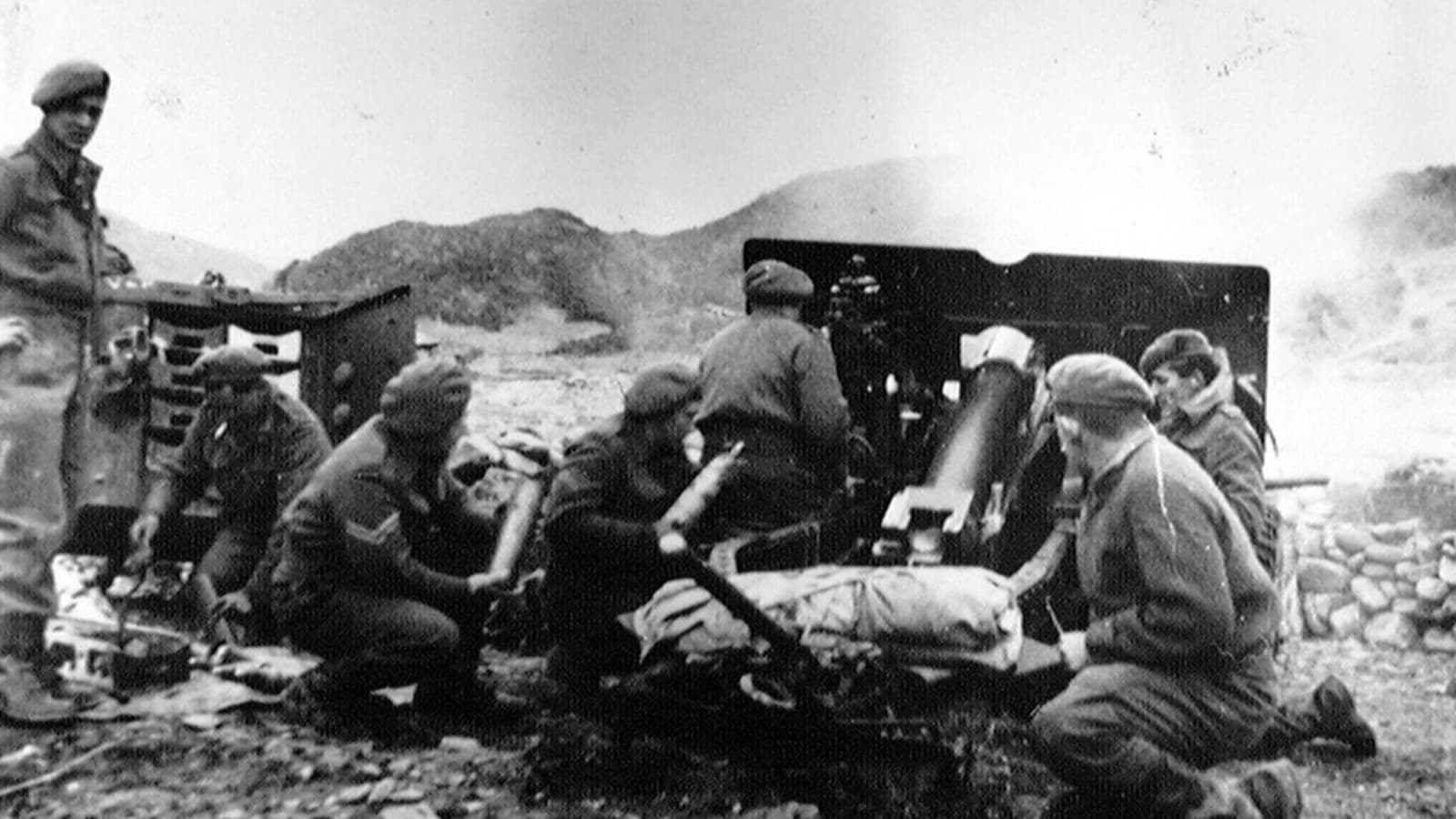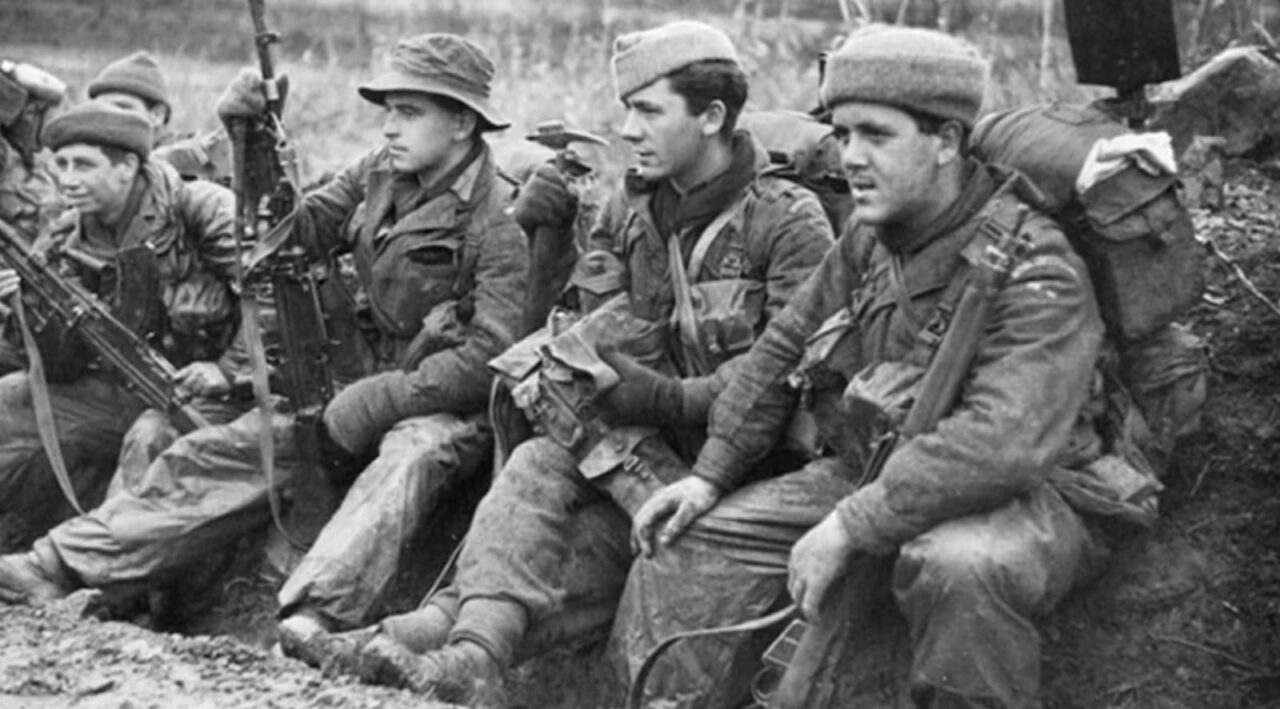
Military history stands as a crucial pillar in understanding the complexities of human civilization. Yet, its integration into broader academic research has often been overlooked, leaving a gap between traditional military studies and interdisciplinary scholarship. In “Bridging the Gap: Integrating Military History into Academic Research,” we delve into the importance of closing this divide to enrich both military history and academic discourse.
Importance of Integrating Military History
Military history extends far beyond mere accounts of battles and campaigns; it serves as a multifaceted lens through which scholars can examine the complexities of human civilization. By delving into military history, researchers gain invaluable insights into various societal, cultural, and political dynamics that have shaped our world.
Understanding Societal Dynamics:
Military conflicts often serve as catalysts for significant societal changes. Whether it’s the mobilization of entire populations during wartime or the aftermath of conflicts on civilian life, military history provides a rich tapestry for understanding how societies function under stress. By studying the social structures, hierarchies, and inequalities inherent in military organizations, scholars can gain insights into broader social phenomena such as class dynamics, gender roles, and ethnic relations.
Exploring Cultural Shifts:
Military history is deeply intertwined with cultural narratives and identities. The stories of heroism, sacrifice, and tragedy that emerge from conflicts shape collective memory and national identity. By examining the cultural artifacts, symbols, and rituals associated with warfare, researchers can uncover the underlying values, beliefs, and ideologies that underpin societies. Furthermore, the encounters between different cultures during military campaigns provide fertile ground for studying cultural exchange, assimilation, and resistance.
Analyzing Political Processes:
Military history is inseparable from political history, as warfare often serves as a means of asserting power, expanding territory, or resolving disputes. By studying the strategies, tactics, and decision-making processes of military leaders and policymakers, scholars can gain insights into the dynamics of governance, diplomacy, and international relations. Moreover, the study of military conflicts sheds light on the complexities of state formation, regime stability, and political legitimacy.
Examining Economic Impacts:
Warfare has profound economic ramifications, affecting everything from trade patterns to resource allocation. By analyzing the economic dimensions of military history, researchers can explore issues such as wartime production, resource mobilization, and the redistribution of wealth. Moreover, the economic costs of warfare, including the burden on taxpayers and the long-term consequences of war-induced inflation and debt, provide valuable insights into the intersection of economics and politics.
In conclusion, integrating military history into academic research offers a holistic understanding of human experience, enriching disciplines such as sociology, anthropology, political science, and economics. By examining the societal, cultural, political, and economic dimensions of warfare, scholars can unravel the complexities of human behavior and institutions, shedding light on both the past and the present.
Challenges and Opportunities

Challenges:
Access to Archival Materials:
One of the primary challenges facing scholars in military history research is the limited access to archival materials. Many valuable historical documents, manuscripts, and records are scattered across different repositories, making it difficult for researchers to locate and access relevant sources. Additionally, some archives may have restrictions on access, particularly for sensitive or classified materials, further complicating the research process.
Interdisciplinary Collaboration:
Integrating military history into academic research often requires collaboration across multiple disciplines. However, fostering interdisciplinary collaboration can be challenging due to differences in methodologies, terminology, and research priorities. Scholars may encounter resistance or skepticism from colleagues in other fields, hindering collaboration efforts and limiting the exchange of ideas and resources.
Methodological Limitations:
Military history research encompasses a wide range of methodologies, from traditional archival research to quantitative analysis and battlefield archaeology. However, each approach has its limitations, and researchers may face challenges in applying these methodologies to complex historical questions. Moreover, the interdisciplinary nature of military history research requires scholars to adapt and combine different methodological approaches, which can be daunting for researchers without interdisciplinary training.
Opportunities:
Digital Humanities Initiatives:
The advent of digital technologies has revolutionized the study of military history, offering new opportunities for data collection, analysis, and dissemination. Digital humanities initiatives, such as digitization projects, online archives, and interactive mapping tools, provide researchers with unprecedented access to historical materials and facilitate collaborative research efforts. These digital resources not only enhance the accessibility of archival materials but also enable innovative approaches to data visualization and analysis.
Interdisciplinary Conferences:
Interdisciplinary conferences and symposiums provide valuable forums for scholars to share their research findings, engage in interdisciplinary dialogue, and forge collaborative partnerships. These conferences bring together researchers from diverse disciplines, fostering interdisciplinary exchange and collaboration. By participating in interdisciplinary conferences, scholars can expand their networks, exchange ideas, and gain insights from perspectives outside their own field, enriching their research and advancing the interdisciplinary integration of military history.
Innovative Methodologies:
Emerging methodologies, such as Geographic Information Systems (GIS) mapping and network analysis, offer promising avenues for advancing research in military history. GIS mapping allows researchers to visualize spatial patterns and relationships in historical data, providing new insights into the spatial dimensions of military conflicts and strategies. Similarly, network analysis enables researchers to study the social, political, and logistical networks that shape military operations, revealing hidden connections and dynamics that traditional approaches may overlook.
Strategies for Integration
Emphasizing Interdisciplinary Collaboration:
Collaborating with scholars from diverse disciplines is essential for bridging the gap between military history and academic research. By working with experts in fields such as sociology, anthropology, political science, and economics, researchers can gain new perspectives and insights into military phenomena. Interdisciplinary collaboration fosters a holistic approach to research, enriching the analysis and interpretation of historical data. Scholars can leverage interdisciplinary networks and partnerships to access resources, share expertise, and co-author publications, thus enhancing the impact and relevance of their research.
Networking Within the Academic Community:
Building and nurturing professional networks within the academic community is crucial for integrating military history into broader scholarly discourse. Attending conferences, seminars, and workshops related to military history and interdisciplinary studies provides opportunities to connect with fellow researchers, exchange ideas, and stay abreast of the latest developments in the field. Engaging with professional associations and academic societies dedicated to military history and related disciplines facilitates networking and collaboration. Additionally, participating in online forums, discussion groups, and social media communities allows scholars to connect with colleagues worldwide, fostering virtual collaboration and knowledge exchange.
Accessing Archival Materials and Digital Repositories:
Access to archival materials and digital repositories is essential for conducting rigorous and comprehensive research in military history. Scholars should proactively seek out archival collections, libraries, and museums that house relevant primary sources, manuscripts, and artifacts. Online databases, digital archives, and repositories offer convenient access to a wealth of historical materials, including documents, photographs, maps, and oral histories. Researchers should familiarize themselves with archival practices, search techniques, and preservation methods to maximize the utility of archival materials in their research. Moreover, collaborating with archivists, librarians, and digital curators can provide valuable assistance in navigating archival resources and accessing rare or restricted materials.
Exploring Funding Opportunities:
Securing funding is essential for supporting research projects, archival visits, fieldwork, and publication costs in military history research. Scholars should actively seek out funding opportunities from government agencies, foundations, research institutions, and academic organizations specializing in military history and related fields. Grant programs, fellowships, and scholarships provide financial support for conducting research, attending conferences, and publishing findings. Researchers should tailor their funding proposals to align with the objectives and priorities of funding agencies, highlighting the significance and potential impact of their research projects. Collaborating with funding partners and stakeholders can enhance the competitiveness of grant applications and increase the likelihood of securing funding for military history research initiatives.
In conclusion, integrating military history into academic research requires a multifaceted approach that emphasizes interdisciplinary collaboration, networking within the academic community, accessing archival materials and digital repositories, and exploring funding opportunities. By adopting these strategies, scholars can bridge the gap between military history and broader academic research, enriching the scholarly discourse and advancing our understanding of the past.
Conclusion:
In conclusion, “Bridging the Gap: Integrating Military History into Academic Research” stands as a powerful call to action for scholars to recognize and harness the interdisciplinary potential of military history. By breaking down the barriers between traditional military studies and broader academic research, we open up new avenues of inquiry and enrich our understanding of human history and society.
The integration of military history into academic research offers myriad benefits, from uncovering new insights into societal, cultural, and political dynamics to addressing pressing contemporary challenges. Through interdisciplinary collaboration, scholars can combine the depth and rigor of military history with the breadth and diversity of other disciplines, fostering a more holistic and nuanced understanding of the past and its implications for the present and future.
As we embark on this journey of interdisciplinary exploration, let us embrace the opportunities for collaboration, innovation, and discovery that lie ahead. Let us transcend disciplinary boundaries and engage in meaningful dialogue and exchange of ideas. Together, we can unlock the full potential of military history as a lens through which to explore the complexities of human experience and enrich scholarly discourse across academic disciplines.
Join us in the pursuit of knowledge that transcends boundaries and enriches scholarly discourse. Together, we can bridge the gap between military history and academic research, forging new connections, insights, and possibilities for the advancement of scholarship and society.